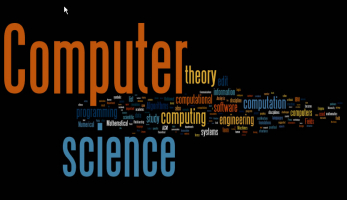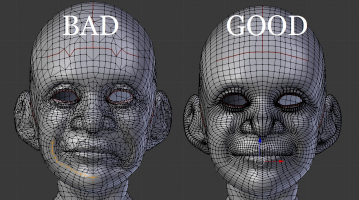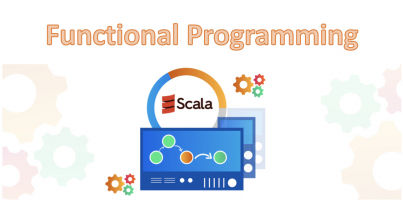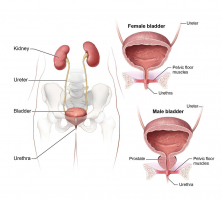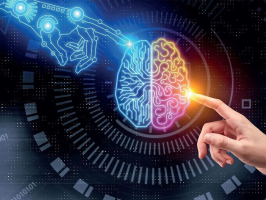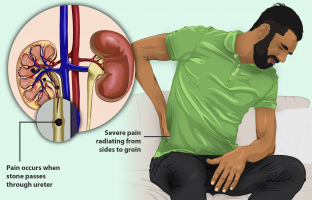Top 10 Best Books On Computer Vision
Computer vision is a multidisciplinary scientific discipline concerned with recognizing and processing objects in visual inputs such as digital photos, videos, ... read more...and even text. People process information through their lenses, optical nerves, and retina, whereas technology does it through cameras, data, and algorithms. For example, in order for a model to detect a street light, it must be fed a large number of street light photos and street-lighting-related elements in order to understand the differences and create categories. As a result, the model learns to generate predictions based on the training data and eventually learns to recognize objects. For AI aficionados, computer vision is an intriguing field. Reading is a tried and true method of investigating this subject and learning from real-life situations. As a result, Toplist has prepared a list of the best books on computer vision for you.
-
Aurélien Géron is a machine learning trainer and consultant. From 2013 to 2016, he led YouTube's video classification team as a former Googler. From 2002 until 2012, he was also the founder and CTO of Wifirst (a leading Wireless ISP in France), as well as the founder and CTO of two consulting firms, Polyconseil (telecom, media, and strategy) and Kiwisoft (machine learning and data privacy).
Deep learning has enhanced the entire area of machine learning with a succession of recent advancements. Even programmers with little knowledge of this technology can now utilize simple, efficient tools to create data-driven apps. Hands-On Machine Learning with Scikit-Learn, Keras, and TensorFlow will show you how to build intelligent system, principles and tools for creating dat-driven apps and in it, you also learn how the computer vision works.
Author Aurélien Géron helps you obtain an intuitive knowledge of the principles and tools for building intelligent systems by using straightforward examples, minimal theory, and two production-ready Python frameworks—Scikit-Learn and Tensor Flow. You'll study a variety of strategies, beginning with simple linear regression and working your way up to deep neural networks. With exercises in each chapter to help you apply what you've learned, all you need to get started is some programming expertise.
- Investigate the landscape of machine learning, particularly neural networks.
- Make use of Scikit-Learn to follow an example machine-learning project from start to finish.
- Investigate various training models, such as support vector machines, decision trees, random forests, and ensemble approaches.
- To create and train neural networks, use the Tensor Flow library.
- Investigate neural net architectures such as convolutional nets, recurrent nets, and deep reinforcement learning.
- Learn how to train and scale deep neural networks.
Author: Aurélien Géron
Link to buy: https://www.amazon.com/Hands-Machine-Learning-Scikit-Learn-TensorFlow/dp/1492032646/
Ratings: 4.8 out of 5 stars (from 3135 reviews)
Best Sellers Rank: #4,976 in Books
#1 in Artificial Intelligence (Books)
#1 in Natural Language Processing (Books)
#1 in Computer Neural Networks
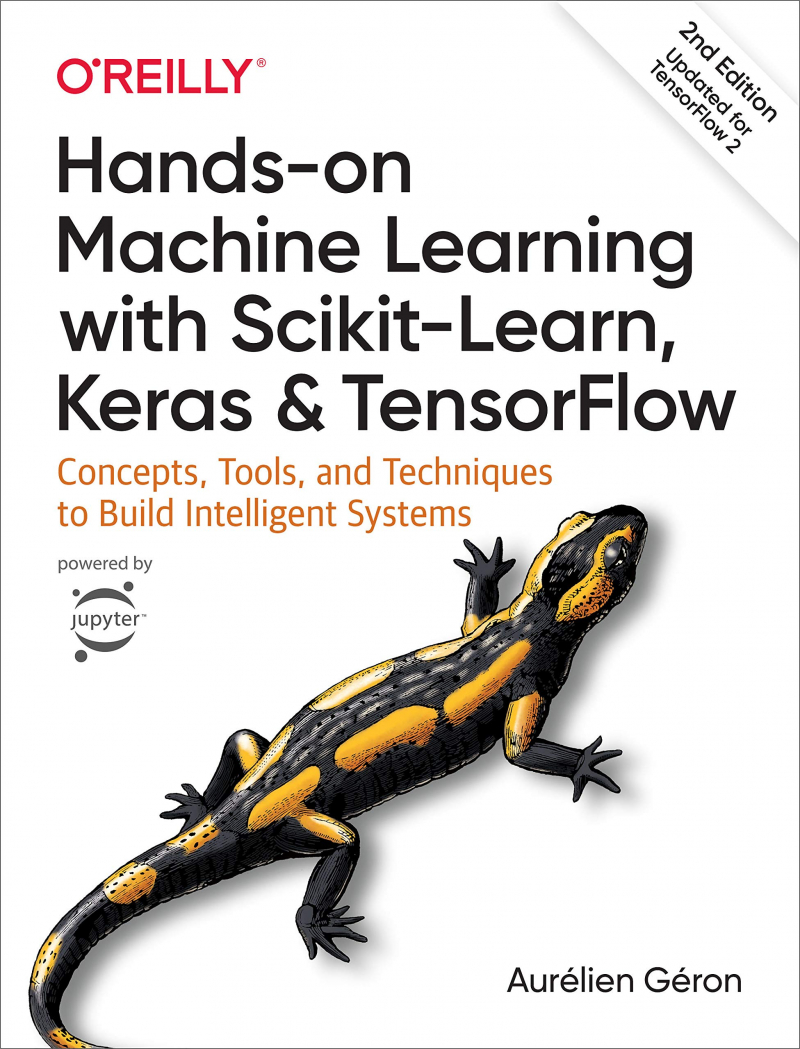
https://www.amazon.com/ 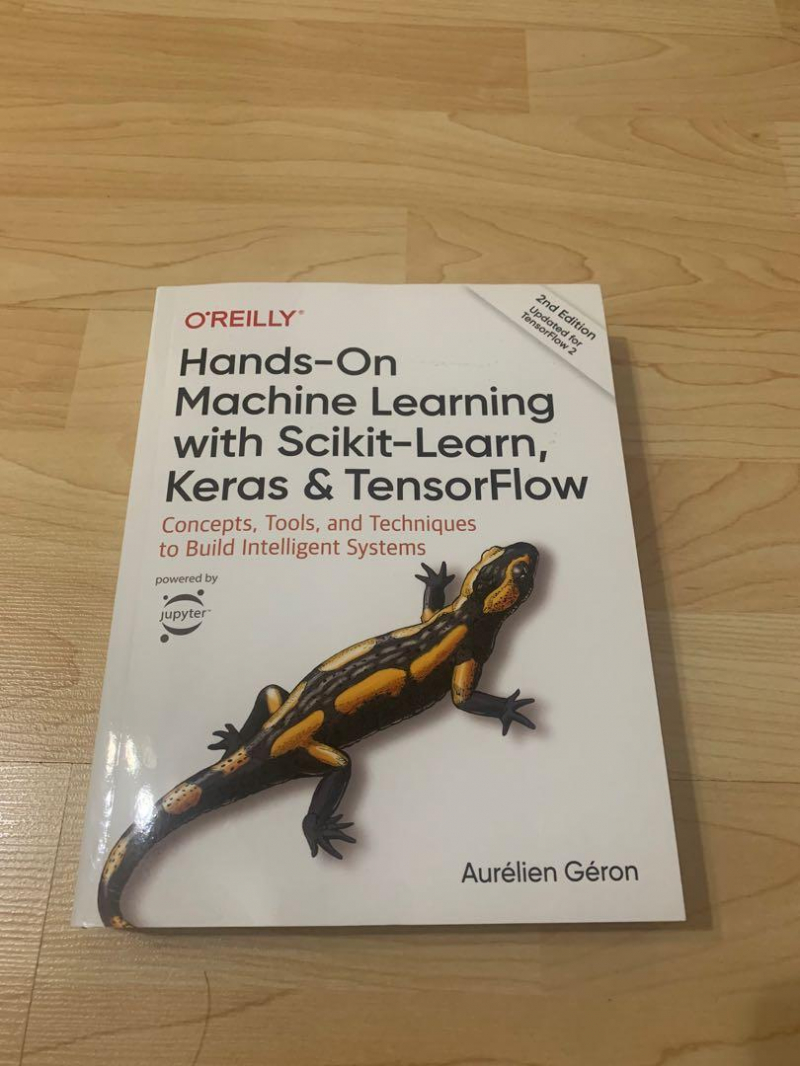
carousell.sg -
Chris Fregly, AWS's Principal Developer Advocate for AI and Machine Learning (San Francisco) Chris Fregly is an Amazon Web Services (AWS) Principal Developer Advocate for AI and Machine Learning headquartered in San Francisco, California. He is a co-author of "Data Science on AWS," an O'Reilly book.
Antje Barth is an AWS Senior Developer Advocate for AI and Machine Learning (Dusseldorf). Antje Barth is an Amazon Web Services (AWS) Senior Developer Advocate for AI and Machine Learning headquartered in Düsseldorf, Germany. She is a co-author of "Data Science on AWS," an O'Reilly book.
AI and machine learning practitioners will learn how to successfully create and implement data science projects on Amazon Web Services, as well as, learn how computer vision works with this practical book. To help you advance your skills, the Amazon AI and machine learning stack combines data science, data engineering, and application development. Data Science on AWS will show you how to create and run pipelines on the cloud, then integrate the findings into apps in minutes rather than days. Authors Chris Fregly and Antje Barth illustrate how to cut costs while improving performance throughout the book.
- Use the Amazon AI and ML stack to solve real-world problems in natural language processing, computer vision, fraud detection, conversational devices, and other areas.
- With SageMaker Autopilot, employ automated machine learning to implement a subset of use cases.
- Examine the entire model development lifecycle for a BERT-based NLP application, including data acquisition, analysis, model training, and deployment.
- Connect everything into a repeatable machine learning operations pipeline.
- With Amazon Kinesis and Managed Streaming for Apache Kafka, you can do real-time ML, anomaly detection, and streaming analytics on data streams.
- Learn about the best security practices for data science projects and workflows, such as identity and access management, authentication, and authorization.
Author: Chris FreglyAntje Barth
Link to buy: https://www.amazon.com/Data-Science-AWS-End-End/dp/1492079391/
Ratings: 4.4 out of 5 stars (from 123 reviews)
Best Sellers Rank: #32,786 in Books
#3 in Natural Language Processing (Books)
#4 in Data Warehousing (Books)
#4 in Computer Vision & Pattern Recognition
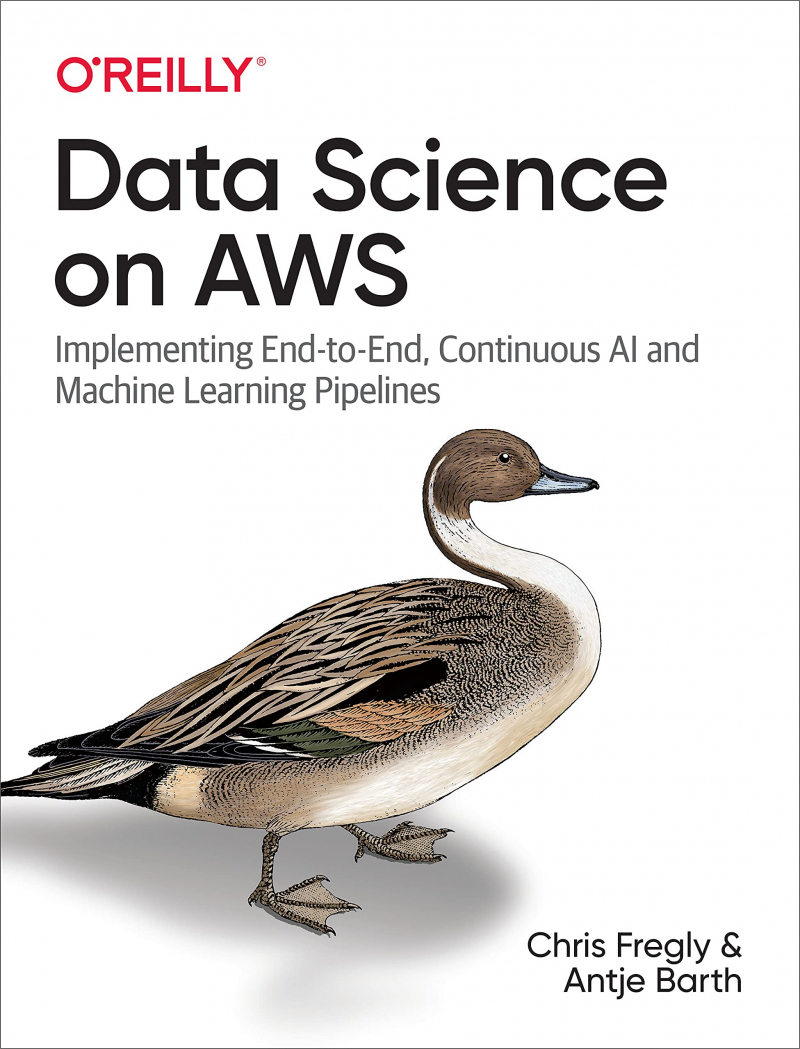
amazon.ca 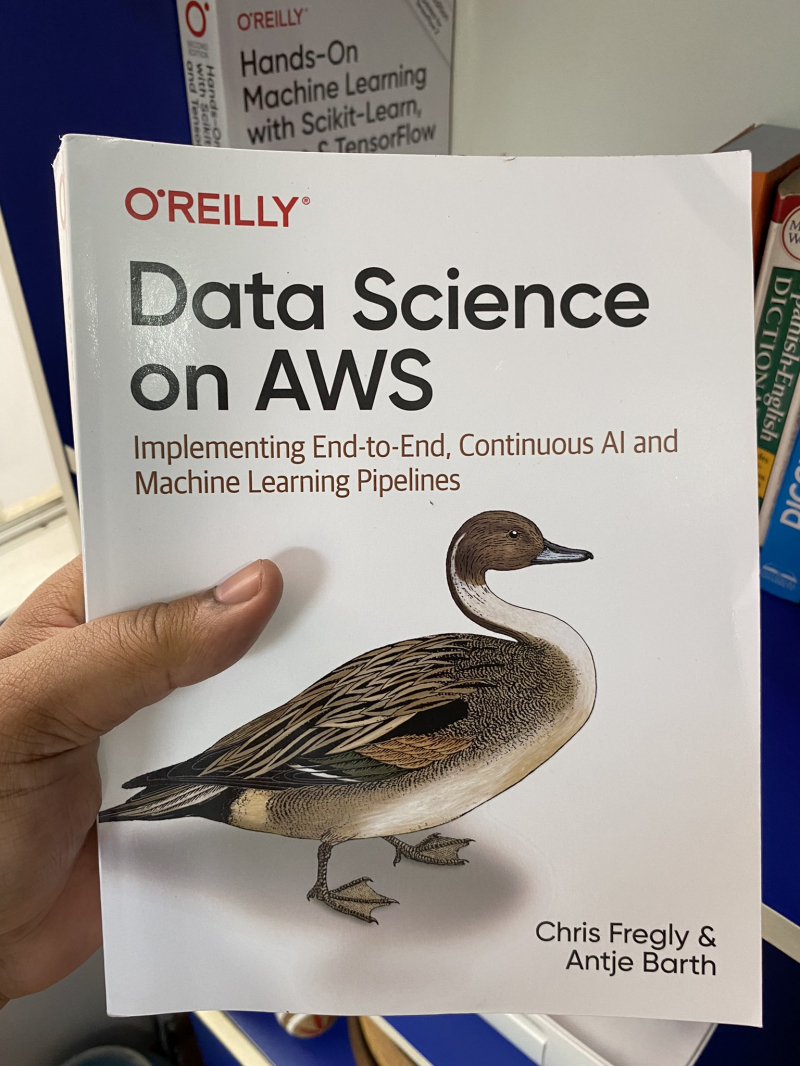
mobile.twitter.com -
Andriy Burkov has a PhD in artificial intelligence and works at Gartner as a senior data scientist and machine learning project leader.
It's the hundred-page machine learning book, as the title suggests. It includes the knowledge of computer vision for everyone want to learn it. It was created by a machine learning expert with a Ph.D. in AI and nearly two decades of industry expertise in computer science and hands-on machine learning.
In many ways, this is a one-of-a-kind book. It is the first effective attempt to produce a book on machine learning that isn't scared to use math. It is also the first attempt to compress a large range of machine learning topics in a methodical and quality-preserving manner.
Only those aspects of the massive body of literature on machine learning generated during the 1960s that have proven to have considerable practical utility are included in The Hundred-Page Machine Learning Book. A beginner in machine learning will find just enough details in this book to gain a comfortable degree of awareness of the area and begin asking the correct questions. Experienced practitioners will find this book useful as a collection of hints in the direction of future self-improvement.
The Hundred-Page Machine Learning Book is particularly useful when brainstorming at the start of a project to determine whether a given technical or commercial challenge is "machine-learnable" and, if so, which techniques should be used to solve it. It is considered one of the best books on computer vision.
The book includes a wiki with pages that supplement some of the book chapters with additional information: Q&A, code snippets, further reading, tools, and other useful resources. This book, like a fine wine, keeps becoming better after you buy it, thanks to the constantly updated wiki.
Author: Andriy Burkov
Link to buy: https://www.amazon.com/gp/aw/d/199957950X/
Ratings: 4.6 out of 5 stars (from 809 reviews)
Best Sellers Rank: #34,692 in Books
#2 in Artificial Intelligence Expert Systems
#4 in Natural Language Processing (Books)
#5 in Computer Vision & Pattern Recognition
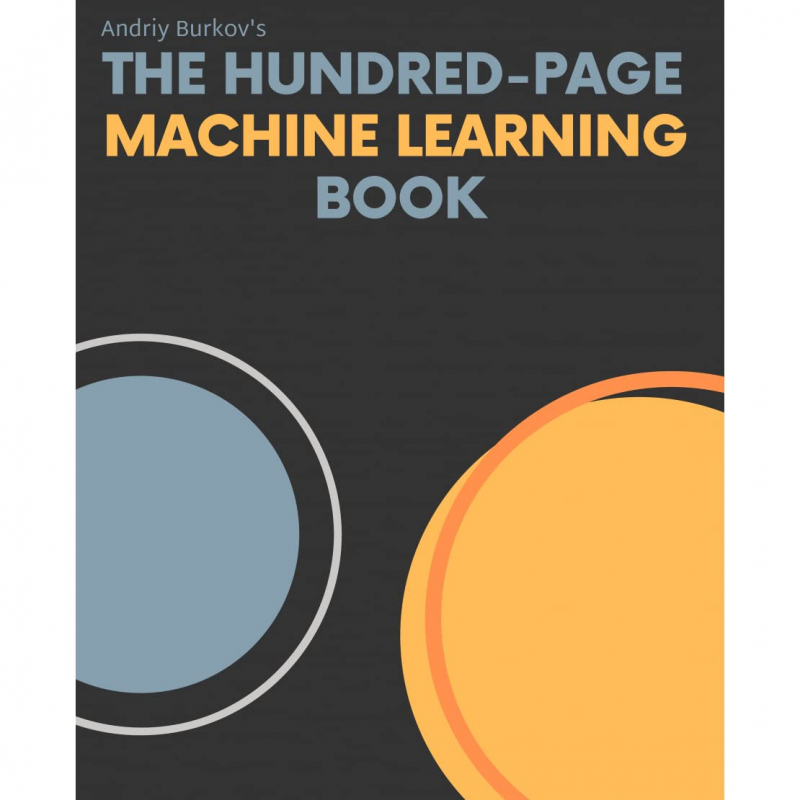
goodreads.com 
goodreads.com -
Marc Peter Deisenroth is the DeepMind Chair in Artificial Intelligence at University College London's Department of Computer Science. Prior to this, he was a member of the Imperial College London Department of Computing's faculty. Data-efficient learning, probabilistic modeling, and autonomous decision making are among his research interests.
A. Aldo Faisal is the director of the Brain and Behaviour Lab at Imperial College London, where he also teaches in the Departments of Bioengineering and Computing and is a member of the Data Science Institute. He is the director of the £20 million UKRI Center for Doctoral Training in Artificial Intelligence for Healthcare.
Cheng Soon Ong is a Principal Research Scientist at Data61, the Machine Learning Research Group of the Commonwealth Scientific and Industrial Research Organization in Canberra (CSIRO).
Linear algebra, analytic geometry, matrix decompositions, vector calculus, optimization, probability, and statistics are the essential mathematical skills required to comprehend machine learning. These disciplines are generally taught in separate courses, making it difficult for data science or computer science students or professionals to master the mathematics quickly.
Mathematics for Machine Learning bridges the gap between mathematical and machine learning texts by introducing mathematical principles with as few prerequisites as possible. It derives four key machine learning algorithms from these concepts: linear regression, principal component analysis, Gaussian mixture models, and support vector machines. These derivations give a starting point for machine learning texts for students and those with a mathematical background. Computer vision is also included in this book. The strategies assist those learning mathematics for the first time in developing intuition and practical experience with applying mathematical principles. Each chapter includes worked examples and tasks to assess comprehension. The book's website includes programming tutorials.
Author: A. Aldo Faisal, Marc Peter Deisenroth and Cheng Soon Ong
Link to buy: https://www.amazon.com/Mathematics-Machine-Learning-Peter-Deisenroth/dp/110845514X/
Ratings: 4.6 out of 5 stars (from 542 reviews)
Best Sellers Rank: #38,693 in Books
#7 in Computer Vision & Pattern Recognition
#200 in Computer Science (Books)
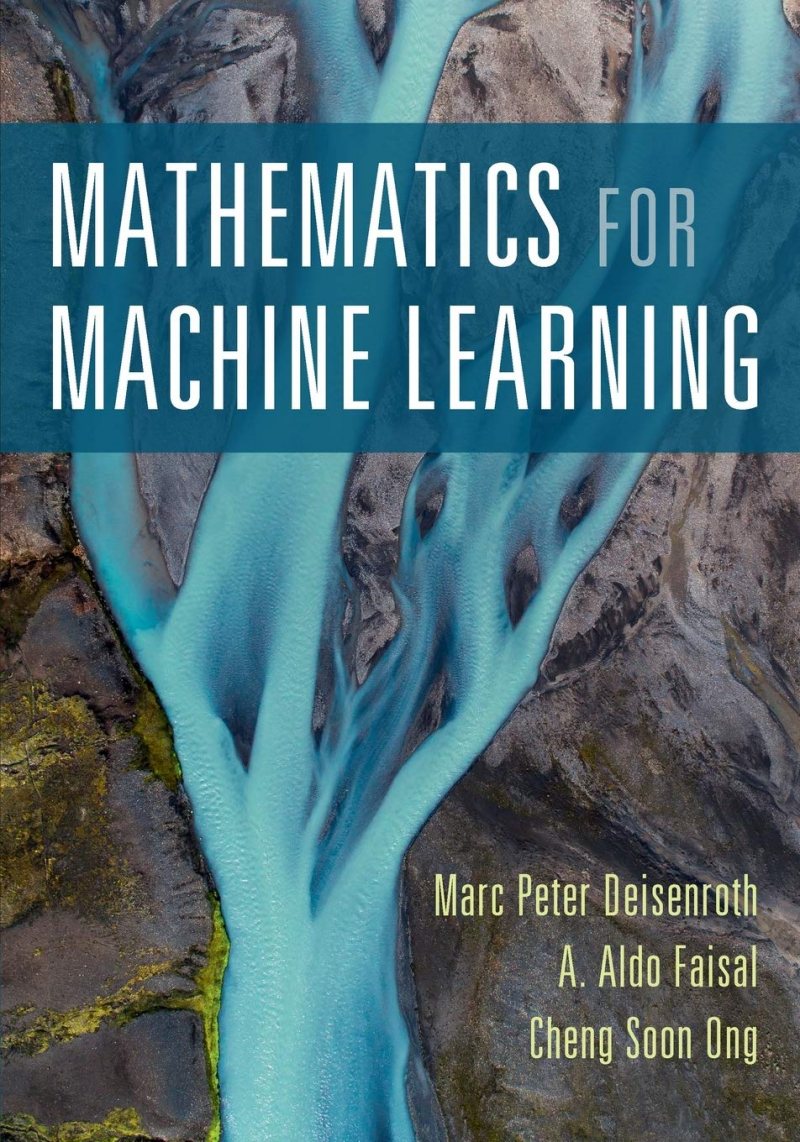
fado.vn 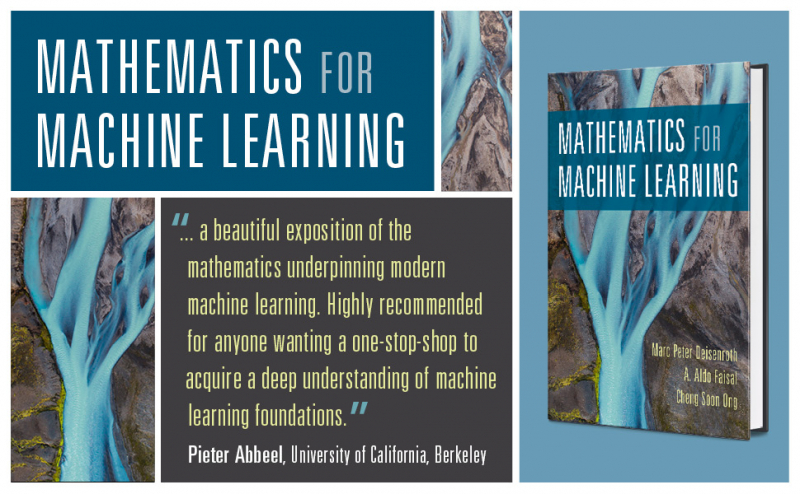
amazon.ca -
DR. MARCOS LPEZ DE PRADO is a principal and the head of machine learning at AQR Capital Management. Marcos also works as a research associate at the Lawrence Berkeley National Laboratory (U.S. Department of Energy, Office of Science). He is one of the most-read authors in economics, according to SSRN, and he has written scores of scholarly publications on machine learning and supercomputing in prestigious academic journals.
Machine learning (ML) is transforming almost every area of our life. For computer vision, computers can learn a great deal from digital photographs or movies. From the standpoint of engineering, it tries to comprehend and automate operations that the human visual system is capable of performing. ML algorithms can now perform things that, until recently, only skilled humans could. And finance is ready for revolutionary ideas that will change how future generations see money and invest.
The book teaches readers how to:
- Structure huge data in a way that ML algorithms can understand.
- Conduct large data research with ML algorithms.
- Use supercomputing technologies to back test their findings and eliminate false positives.
Advances in Financial Machine Learning tackles real-world issues that practitioners face on a daily basis and explains scientifically solid solutions with math, code, and examples. Readers become active users who may put the recommended solutions to the test in their own environment.
This book, written by a recognized specialist and portfolio manager, will provide investment professionals with ground-breaking strategies to flourish in modern finance.
Author: Marcos Lopez de Prado
Link to buy: https://www.amazon.com/Advances-Financial-Machine-Learning-Marcos/dp/1119482089/
Ratings: 4.5 out of 5 stars (from 504 reviews)
Best Sellers Rank: #70,254 in Books
#10 in Computer Vision & Pattern Recognition
#13 in Machine Theory (Books)
#27 in Business Finance
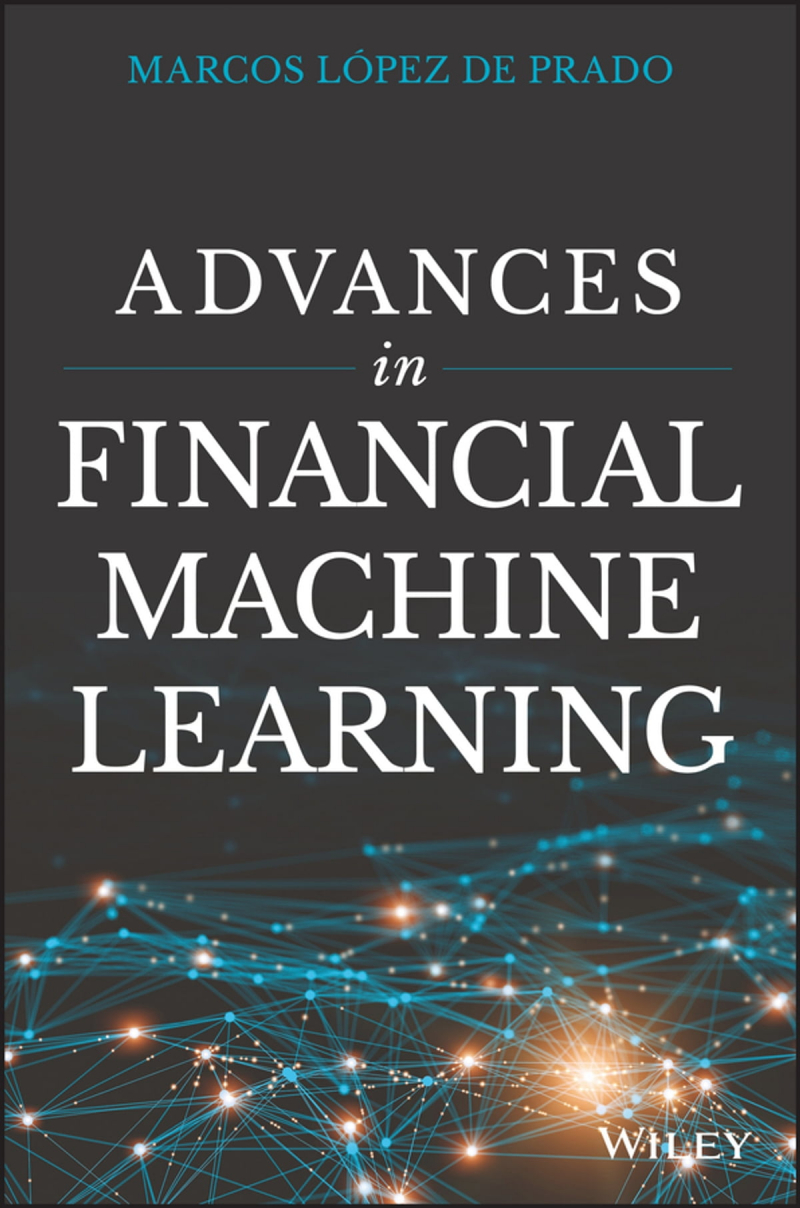
kobo.com 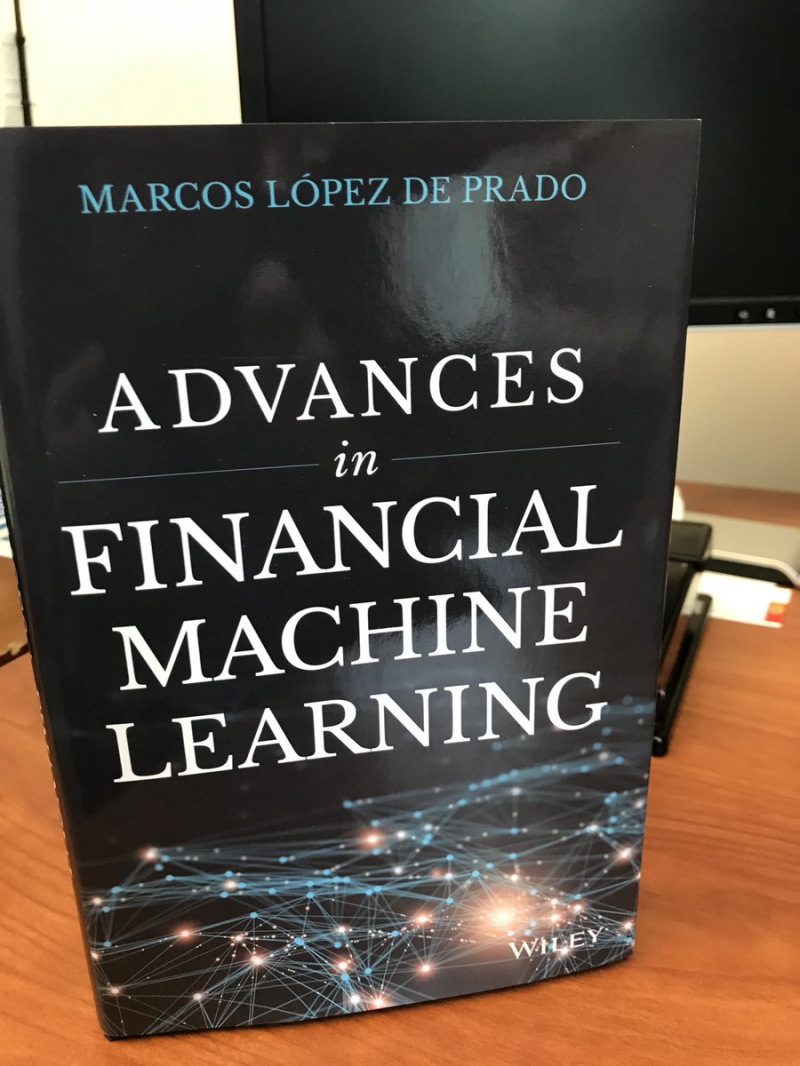
twitter.com -
Dr. Richard Szeliski has worked in computer vision research for over 40 years, most recently at Facebook and Microsoft Research, where he led the Computational Photography and Interactive Visual Media divisions. He is currently an Affiliate Professor at the University of Washington, where he co-created (with Steve Seitz) the widely used computer vision curriculum that serves as the foundation for this book.
Computer Vision: Algorithms and Applications delves into the various ways for analyzing and interpreting images. It also explains tough real-world applications where vision is successfully applied, such as image search and autonomous navigation, as well as enjoyable, consumer-level exercises that students may apply to their own personal images and videos.
This unusually authoritative and complete textbook/reference provides a scientific approach to the formulation of computer vision problems, making it more than just a source of "recipes." These issues are then studied using the most recent classical and deep learning models, and they are solved using rigorous engineering approaches.
Topics and features include:
- Structured to accommodate active curricula and project-based courses, with suggestions for using the book in a range of tailored courses in the Introduction.
- Completely new content on deep learning and applications such as mobile computational photography, autonomous navigation, and augmented reality is included.
- Exercises are provided at the end of each chapter, with a focus on testing algorithms and various suggestions for modest mid-term projects.
- Includes 1,500 new citations and 200 new statistics covering the significant changes over the last decade.
- Appendices contain extra material and more complex mathematical topics on linear algebra, numerical approaches, estimate theory, datasets, and software.
Computer Vision: Algorithms and Applications is appropriate for an upper-level undergraduate or graduate-level course in computer science or engineering, and it concentrates on basic concepts that function in real-world situations while encouraging students to stretch their creative bounds. Its design and presentation also make it an excellent reference to fundamental techniques and current research literature in computer vision. The book is among the best books on computer vision.
Author: Richard Szeliski
Link to buy: https://www.amazon.com/Computer-Vision-Algorithms-Applications-Science/dp/3030343715/
Ratings: 4.4 out of 5 stars (from 14 reviews)
Best Sellers Rank: #85,225 in Books
#1 in Voice Recognition Software
#2 in Rendering & Ray Tracing
#2 in Computer Hardware DSPs
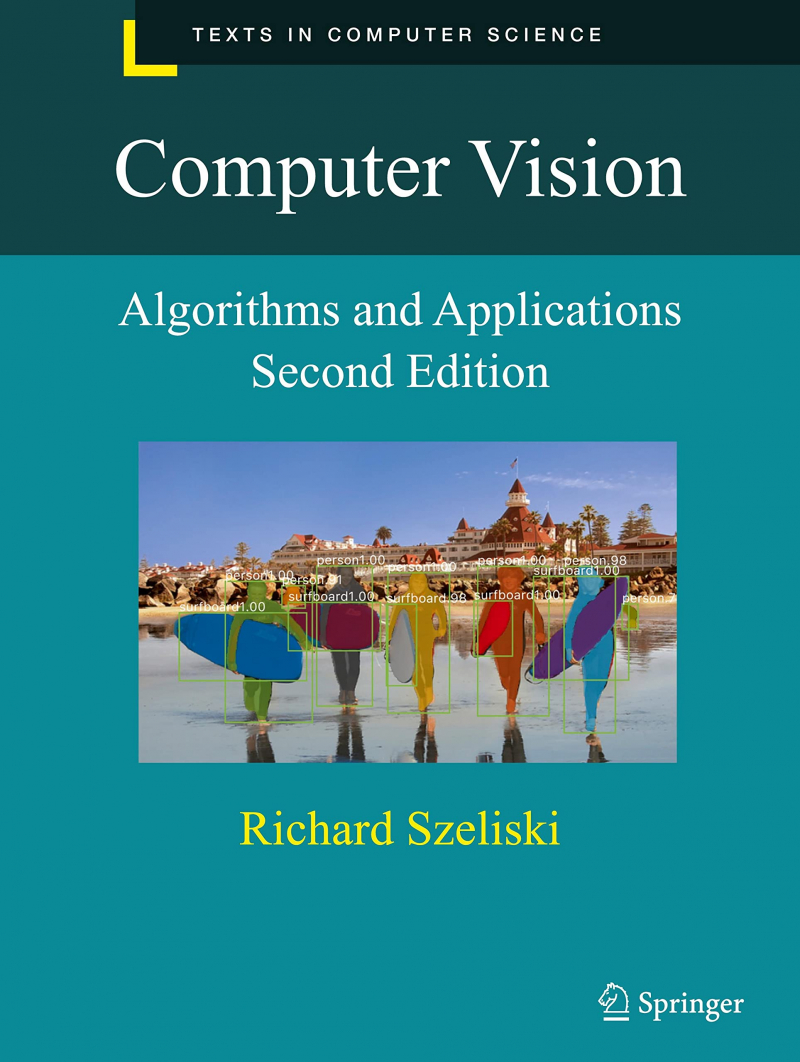
amazon.ca 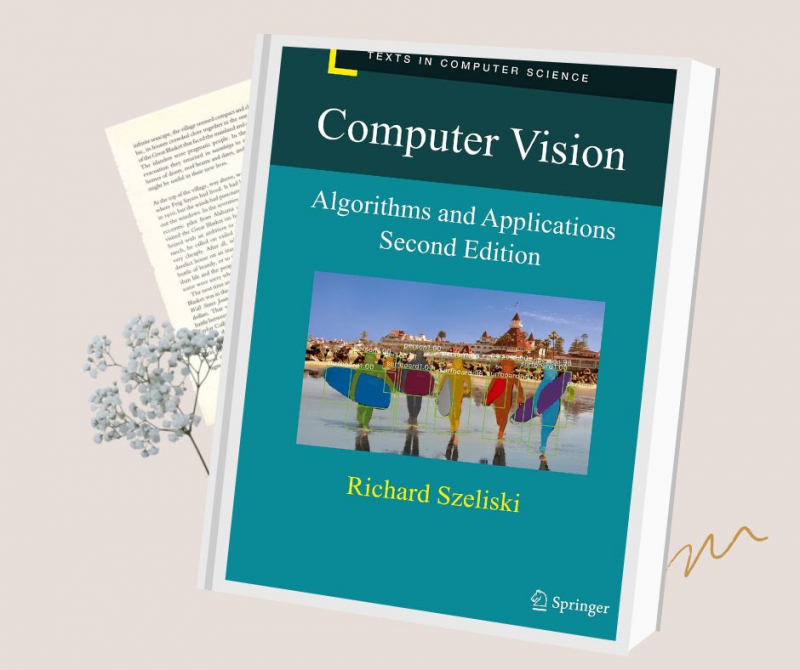
amazon.ca -
For over fifty years, Gilbert Strang has taught Linear Algebra at the Massachusetts Institute of Technology (MIT). His MIT OpenCourseWare online lectures have been viewed over three million times. He has previously served as President of the Society for Industrial and Applied Mathematics and as Chair of the Joint Policy Board for Mathematics. Professor Strang has written twelve books, including the best-selling Introduction to Linear Algebra (2016), which is now in its fifth edition.
Finally, linear algebra and the fundamentals of deep learning come together! Linear Algebra and Learning from Data, the first textbook that teaches linear algebra with deep learning and neural nets, is written by Professor Gilbert Strang, the famed author of Introduction to Linear Algebra. This readable yet rigorous textbook provides a comprehensive course in linear algebra and associated mathematics that students will need to understand learning from data. Singular value decompositions, special matrices, huge matrix computation techniques, compressed sensing, probability and statistics, optimization, neural net design, stochastic gradient descent, and backpropagation are all covered.
Nowadays, computers can learn a lot from digital photographs or movies. From an engineering standpoint, it tries to comprehend and automate operations that the human visual system is capable of performing. The book describes how computer vision works and replaces the human eye in many areas.
Author: Gilbert Strang
Link to buy: https://www.amazon.com/Linear-Algebra-Learning-Gilbert-Strang/dp/0692196382/
Ratings: 4.6 out of 5 stars (from 202 reviews)
Best Sellers Rank: #88,766 in Books
#12 in Computer Vision & Pattern Recognition
#255 in Mathematics (Books)
#590 in Computer Science (Books)
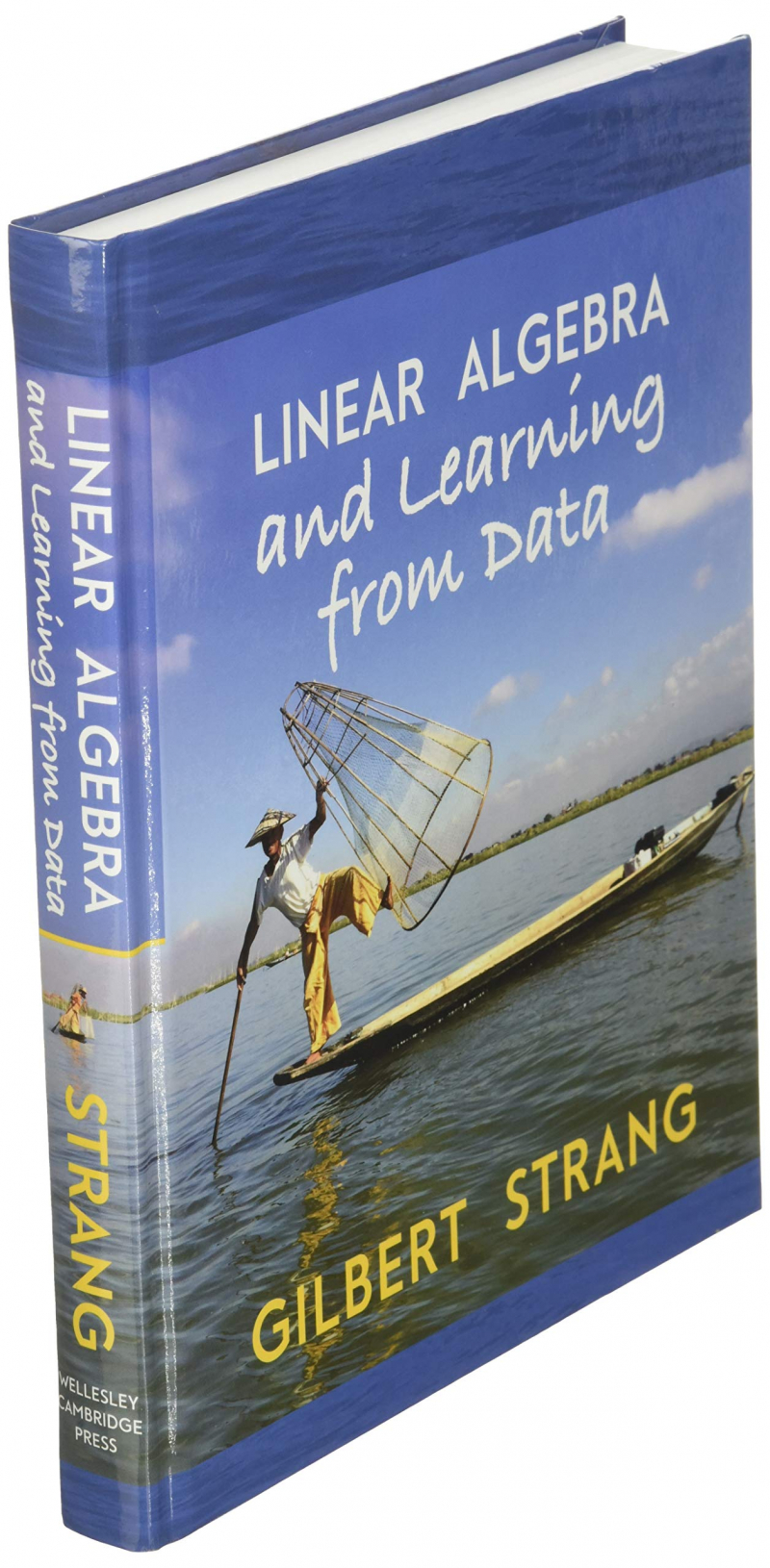
fado.vn 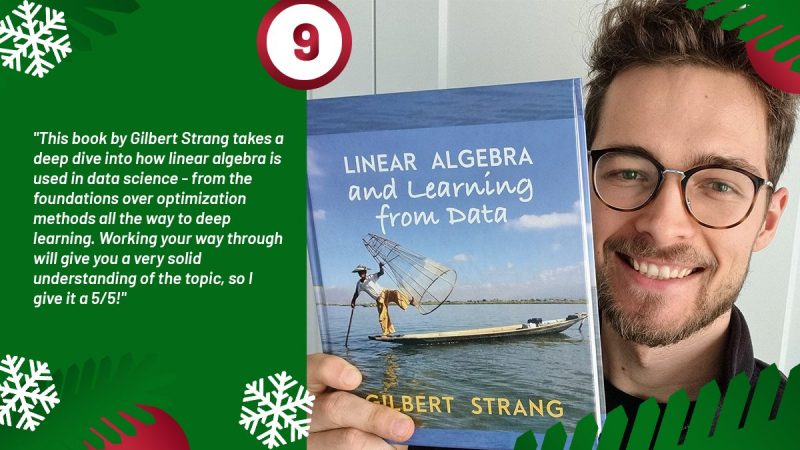
twitter.com -
Chris Bishop is the Laboratory Director of Microsoft Research Cambridge and a Microsoft Distinguished Scientist. He is also a Fellow of Darwin College, Cambridge, and a Professor of Computer Science at the University of Edinburgh. He was named Fellow of the Royal Academy of Engineering in 2004, and Fellow of the Royal Society of Edinburgh in 2007.
The enormous increase in practical machine learning applications over the last ten years has been followed by numerous significant advances in the underlying algorithms and methodologies. Bayesian methods, for example, have progressed from a specialist niche to the mainstream, whereas graphical models have evolved as a general framework for expressing and using probabilistic techniques. The introduction of a variety of approximation inference algorithms such as variational Bayes and expectation propagation has substantially improved the practical usability of Bayesian approaches, while new models based on kernels has had a considerable impact on both algorithms and applications.
This entirely new textbook incorporates these recent advancements while also providing a thorough introduction to the topics of pattern recognition and machine learning. It is intended for advanced undergraduates, first-year PhD students, researchers, and practitioners. There is no presumption of prior understanding of pattern recognition or machine learning ideas. A working knowledge of multivariate calculus and basic linear algebra is necessary, as is some expertise with probabilities, however this is not required because the book offers a self-contained introduction to basic probability theory.
Machine learning, statistics, computer science, signal processing, computer vision, data mining, and bioinformatics courses will benefit from this book. Course teachers receive extensive support, including over 400 activities of varying difficulty. Example solutions for a subset of the exercises are provided on the book's website, while solutions for the remainder can be requested from the publisher by instructors. Pattern Recognition and Machine Learning is supplemented with a wealth of additional content, and readers are encouraged to visit the book's website for the most up-to-date information. It is regarded as one of the best books on computer vision.
Author: Christopher M. Bishop
Link to buy: https://www.amazon.com/Pattern-Recognition-Learning-Information-Statistics/dp/0387310738/
Ratings: 4.6 out of 5 stars (from 639 reviews)
Best Sellers Rank: #112,328 in Books
#11 in Bioinformatics (Books)
#15 in Computer Vision & Pattern Recognition
#41 in Artificial Intelligence (Books)
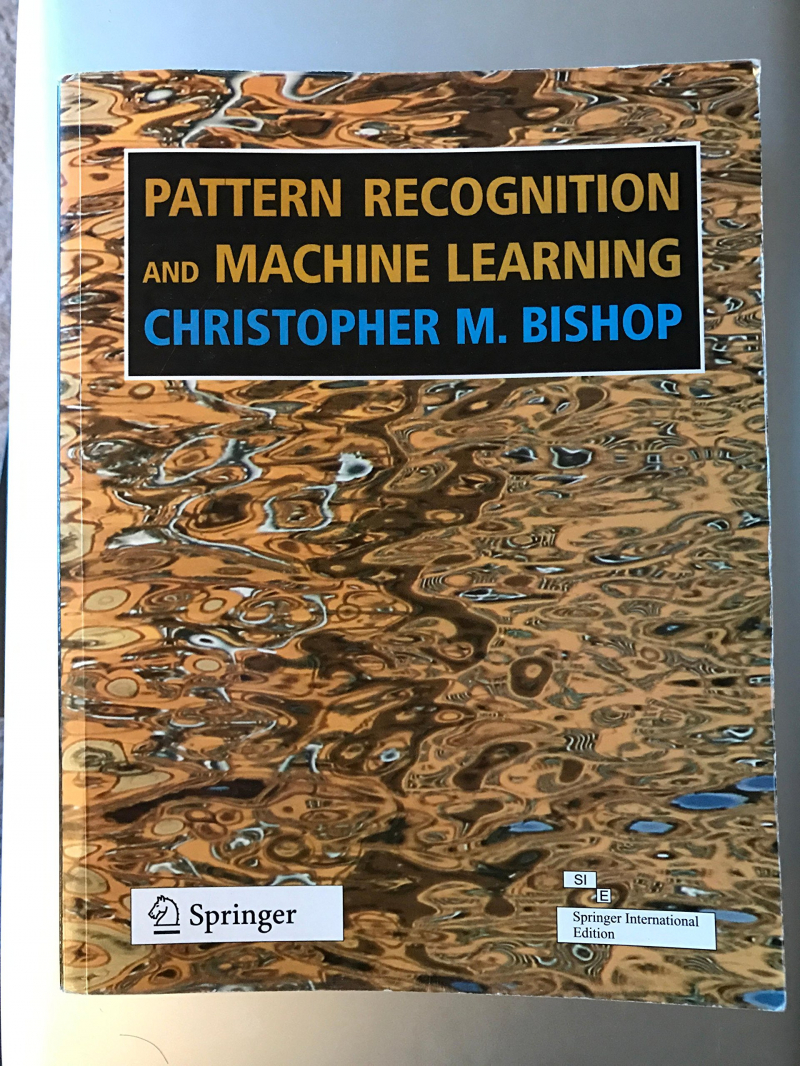
https://www.amazon.com/ 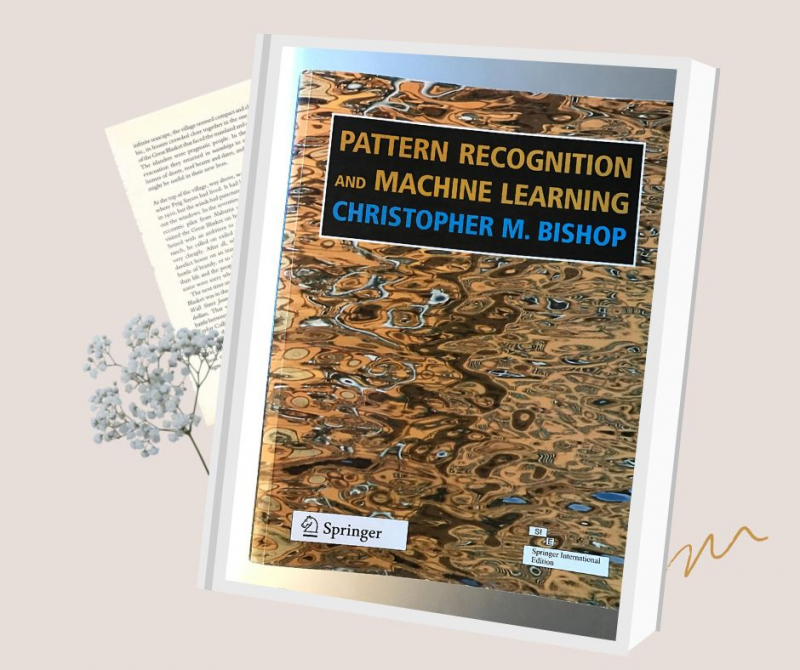
https://www.amazon.com/ -
Daphne Koller is a professor in Stanford University's Department of Computer Science. Nir Friedman is a professor of Hebrew University's Department of Computer Science and Engineering.
Most tasks necessitate the use of reasoning—the ability to reach conclusions based on available data. This book's framework of probabilistic graphical models provides a broad approach to this issue. The approach is model-based, allowing for the creation of interpretable models that can subsequently be changed by reasoning algorithms. These models can also be learnt automatically from data, allowing the approach to be employed in situations where manually building a model would be challenging, if not impossible. Because uncertainty is an unavoidable aspect of most real-world applications, the book focuses on probabilistic models, which make the uncertainty explicit and provide more accurate models.
Bayesian networks, undirected Markov networks, discrete and continuous models, and adaptations to deal with dynamical systems and relational data are all covered in Probabilistic Graphical Models. The work discusses the three main cornerstones of each model class: representation, inference, and learning, offering both basic principles and advanced techniques. Finally, the book considers the proposed framework's application to causal reasoning and decision making under uncertainty. Each chapter's primary material gives a deep technical development of the key themes. Most chapters also include additional material in the form of skill boxes, which describe techniques; case study boxes, which discuss empirical cases related to the approach described in the text, such as applications in computer vision, robotics, natural language understanding, and computational biology; and concept boxes, which present significant concepts drawn from the chapter's material. To meet their specific needs, instructors (and readers) can group chapters in various combinations ranging from core topics to more technically advanced material.
Author: Daphne Koller and Nir Friedman
Link to buy: https://www.amazon.com/Probabilistic-Graphical-Models-Principles-Computation/dp/0262013193/
Ratings: 4.4 out of 5 stars (from 104 reviews)
Best Sellers Rank: #124,440 in Books
#16 in Computer Vision & Pattern Recognition
#23 in Natural Language Processing (Books)
#25 in Machine Theory (Books)
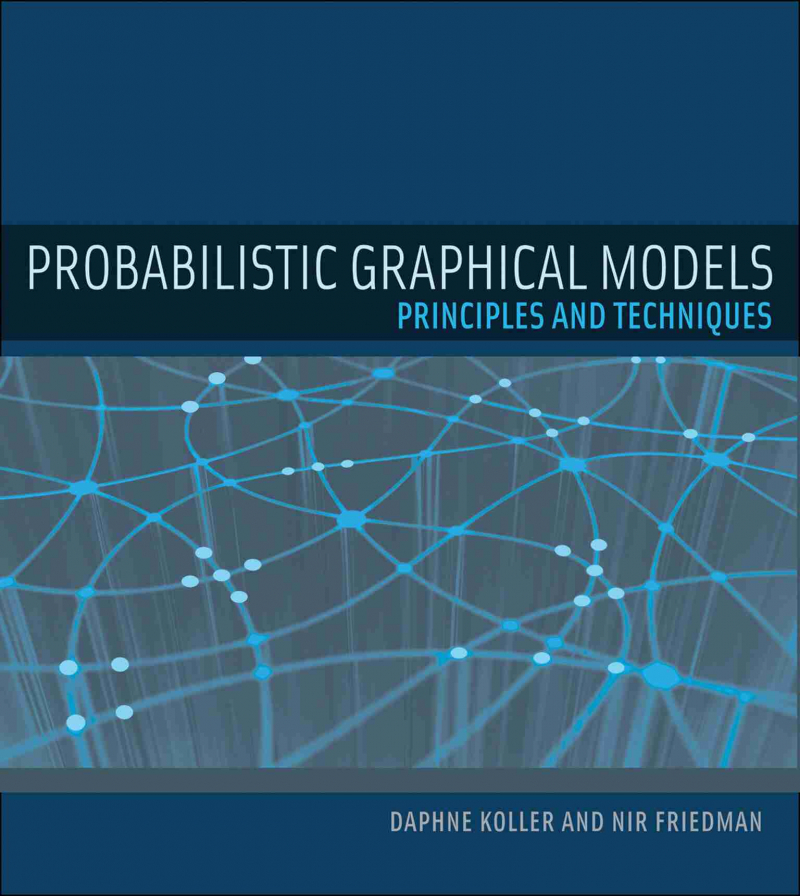
chapters.indigo.ca 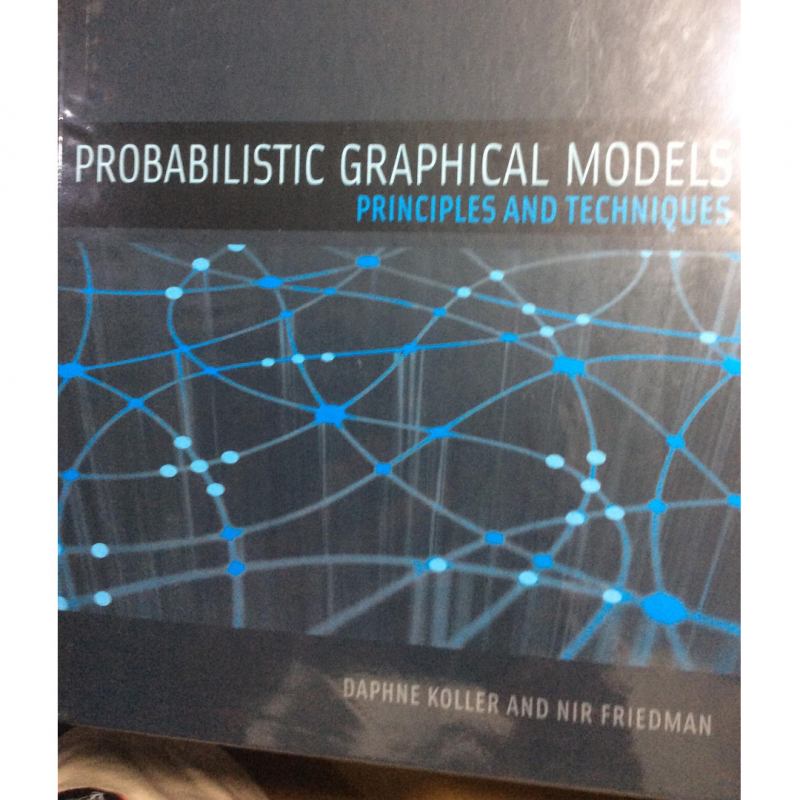
carousell.sg -
David Foster is the co-founder of Applied Data Science, a data science company that provides clients with customized solutions. He has an MA in Mathematics from Trinity College in Cambridge, UK, as well as an MSc in Operational Research from the University of Warwick.
One of the trendiest subjects in AI is generative modeling. It is now possible to teach a machine to excel at human activities such as painting, writing, and music composition. Machine-learning engineers and data scientists will learn how to recreate some of the most spectacular instances of generative deep learning models, such as variational autoencoders, generative adversarial networks (GANs), encoder-decoder models, and world models, using this practical book.
Author David Foster illustrates the inner workings of each technique, beginning with the fundamentals of deep learning and progressing to some of the field's most cutting-edge algorithms. In Generative Deep Learning, one of the best books on computer vision, you'll learn how to help your models learn more efficiently and creatively by using tips and tricks.
- Learn how variational autoencoders can alter facial emotions in photographs.
- Create your own practical GAN examples, such as CycleGAN for style transfer and MuseGAN for music production.
- Learn how to improve recurrent generative models for text production using attention.
- Learn how generative models can assist agents in completing tasks in a reinforcement learning scenario.
- Learn how computer vision recognizing and processing objects in visual inputs
- Investigate the Transformer architecture (BERT, GPT-2) and image generation models such as ProGAN and StyleGAN.
Author: David Foster
Link to buy: https://www.amazon.com/Generative-Deep-Learning-Teaching-Machines/dp/1492041947/
Ratings: 4.5 out of 5 stars (from 180 reviews)
Best Sellers Rank: #131,948 in Books
#17 in Computer Vision & Pattern Recognition
#27 in Machine Theory (Books)
#47 in Artificial Intelligence (Books)
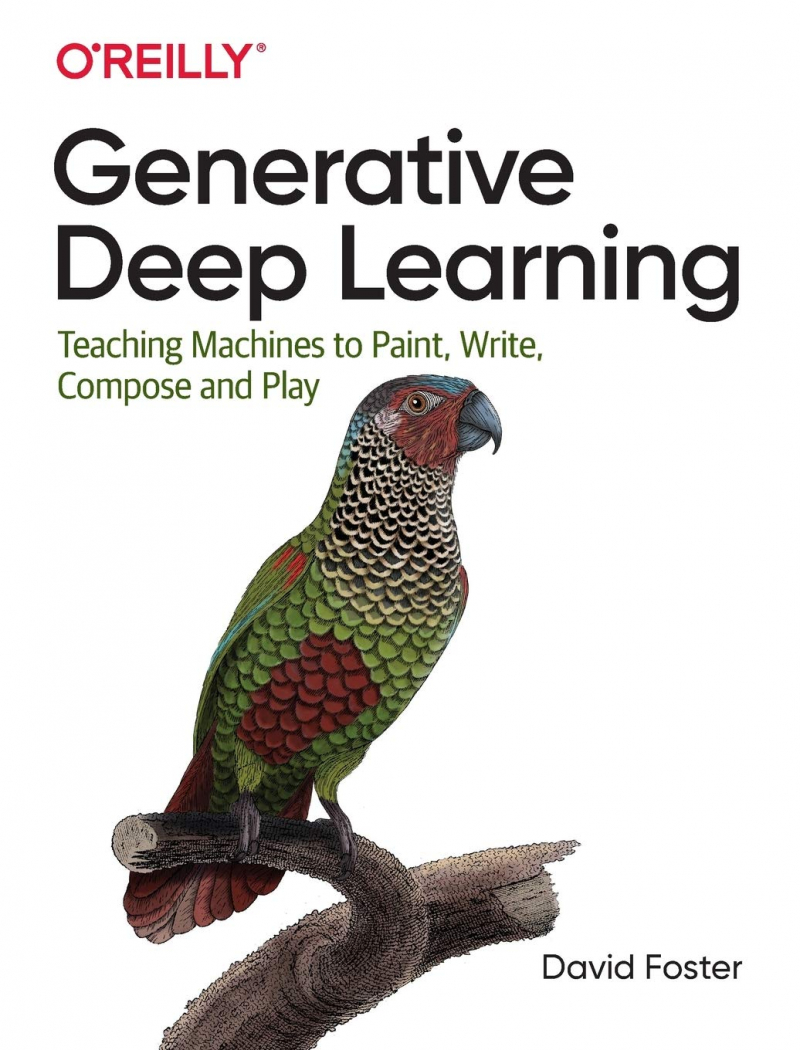
amazon.co.uk 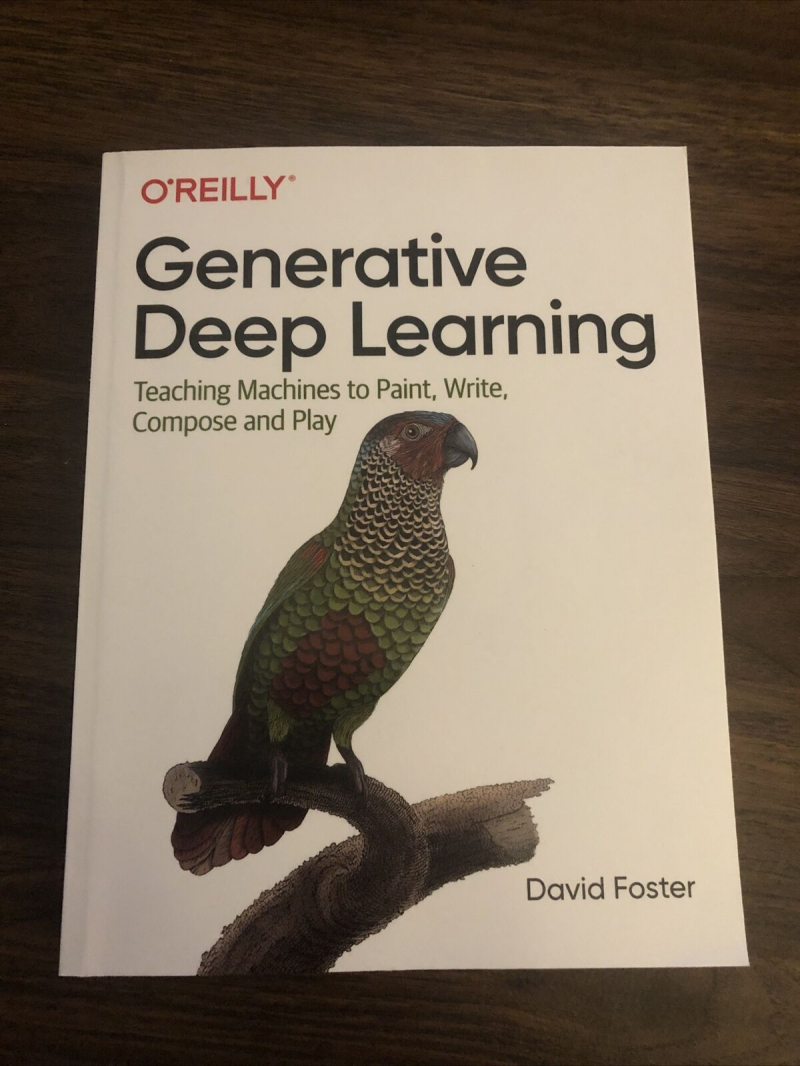
ebay.com



















